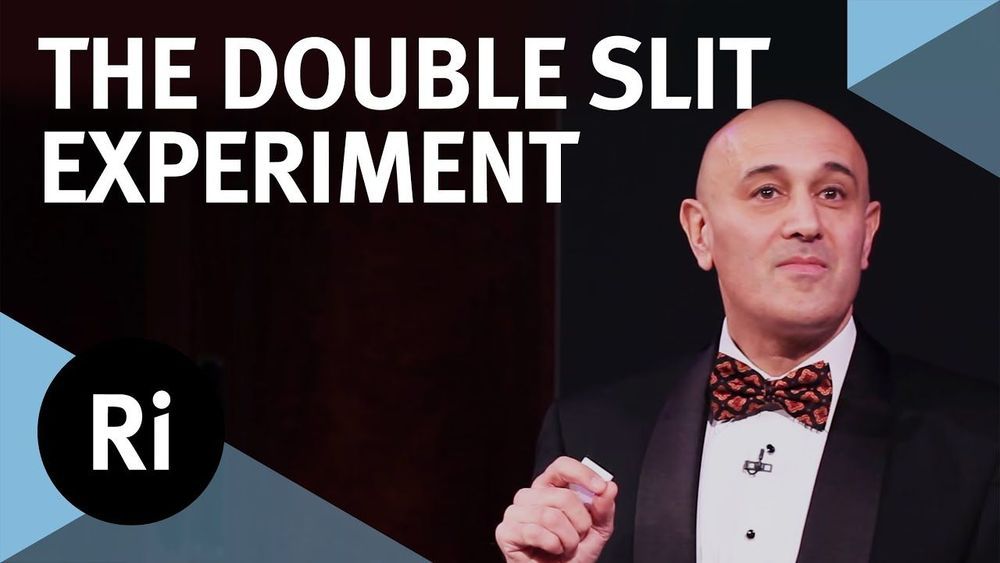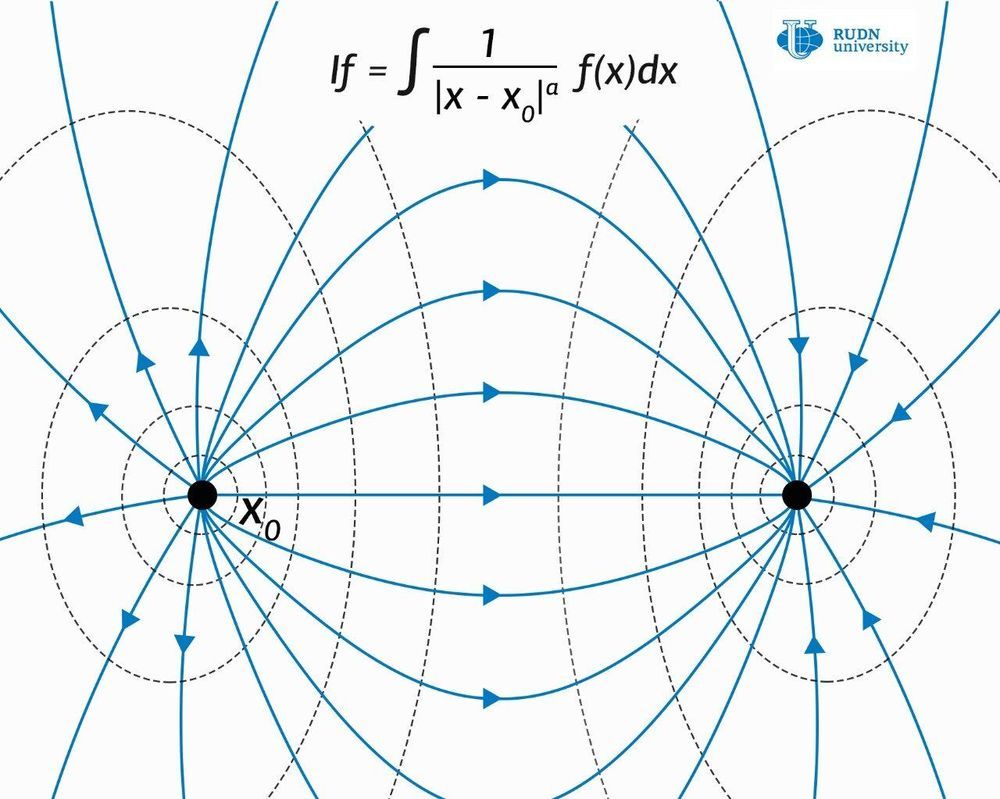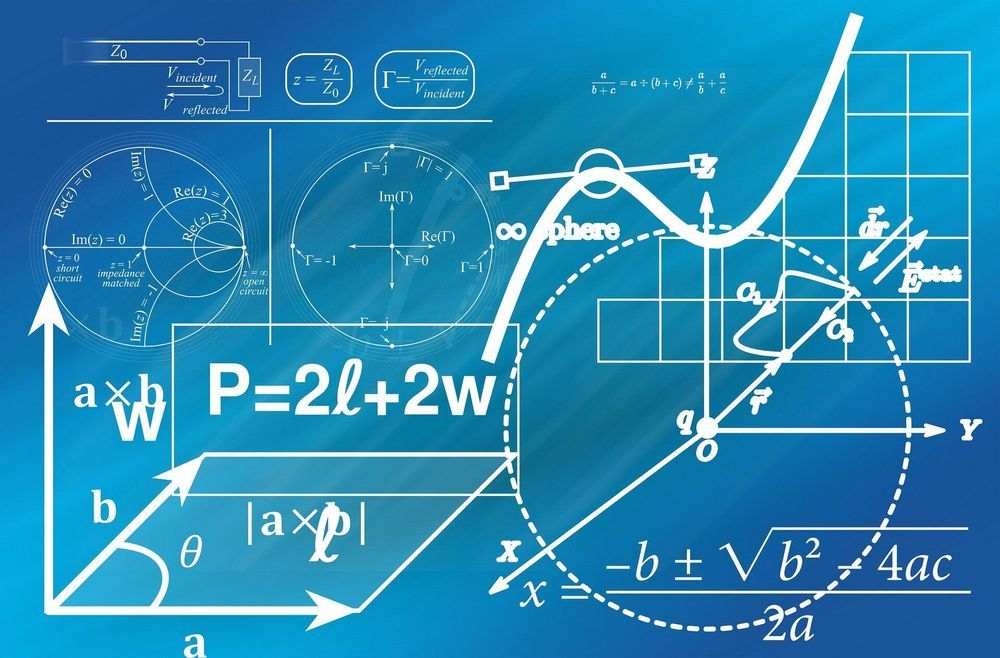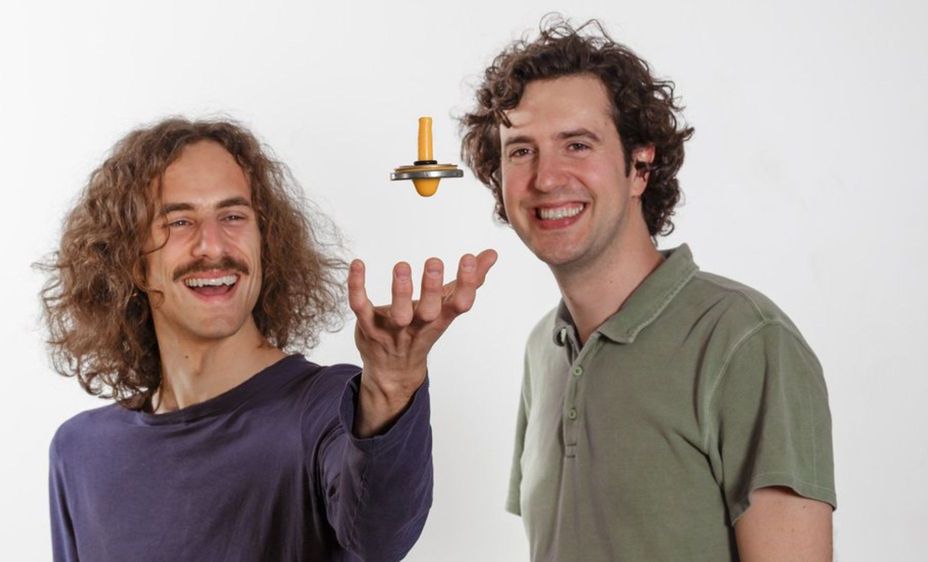Nov 18, 2019
An artificial intelligence algorithm can learn the laws of quantum mechanics
Posted by Gerard Bain in categories: chemistry, information science, quantum physics, robotics/AI
Artificial intelligence can be used to predict molecular wave functions and the electronic properties of molecules. This innovative AI method developed by a team of researchers at the University of Warwick, the Technical University of Berlin and the University of Luxembourg, could be used to speed-up the design of drug molecules or new materials.
Artificial intelligence and machine learning algorithms are routinely used to predict our purchasing behavior and to recognize our faces or handwriting. In scientific research, Artificial Intelligence is establishing itself as a crucial tool for scientific discovery.
In chemistry, AI has become instrumental in predicting the outcomes of experiments or simulations of quantum systems. To achieve this, AI needs to be able to systematically incorporate the fundamental laws of physics.

















